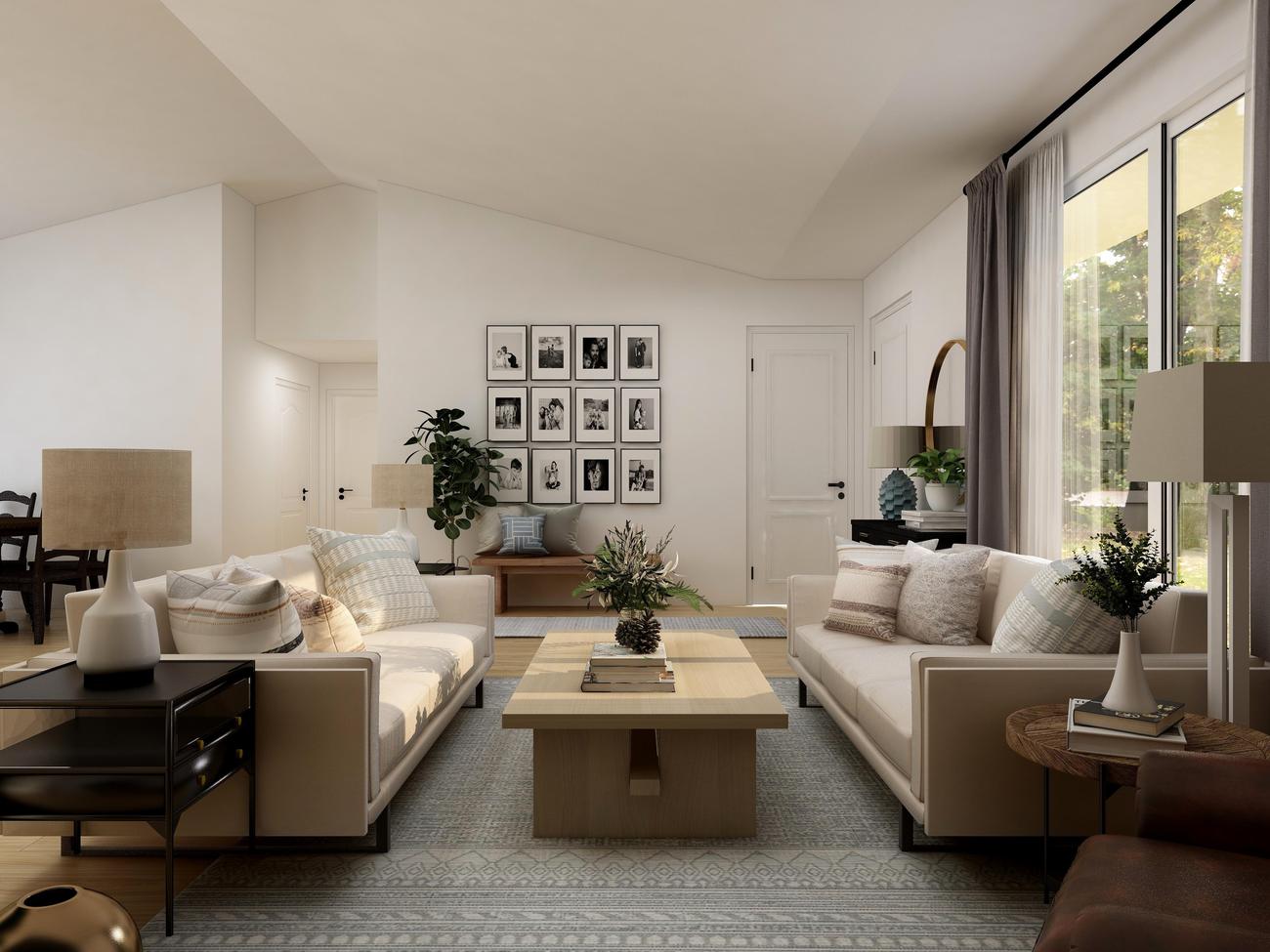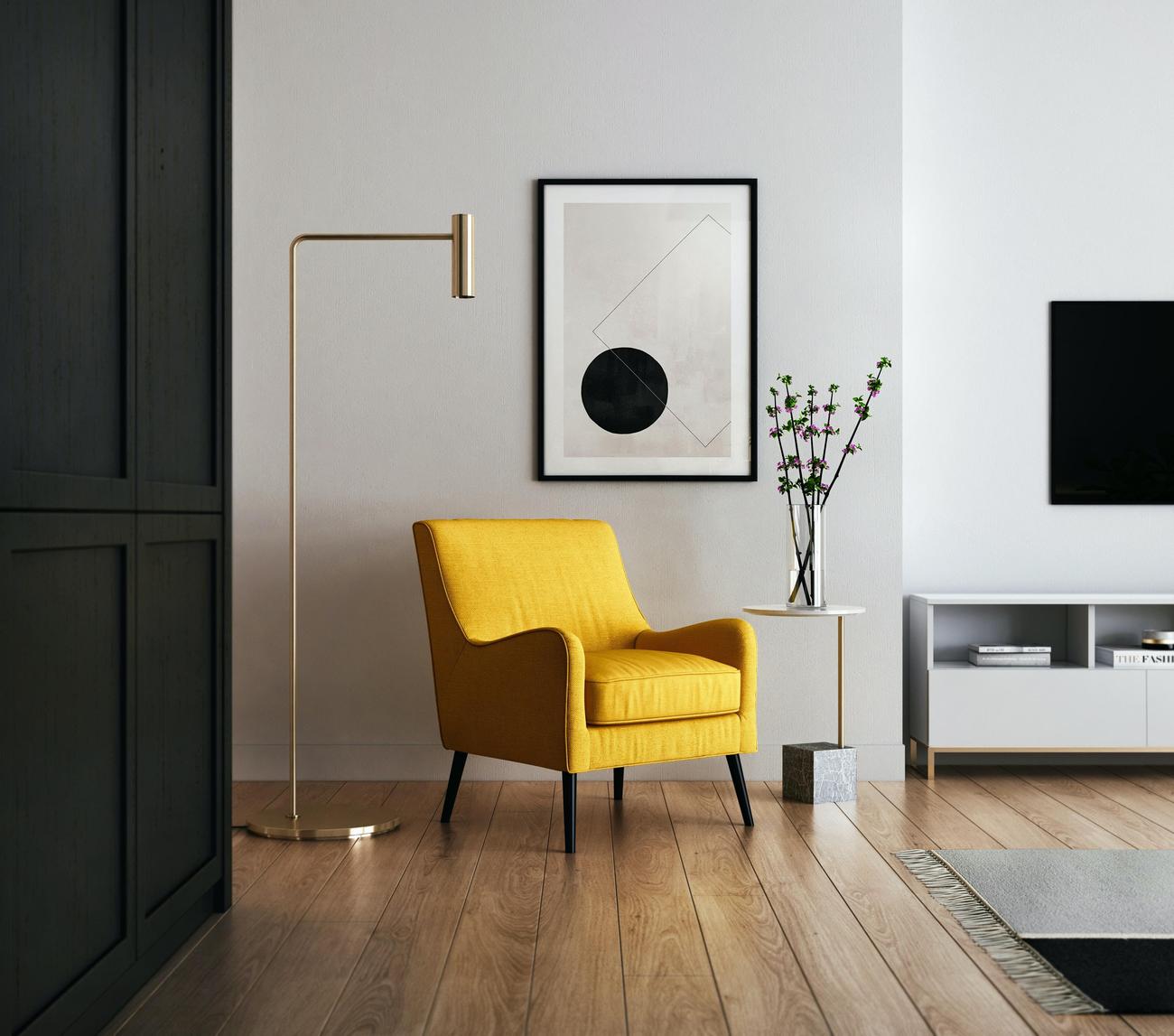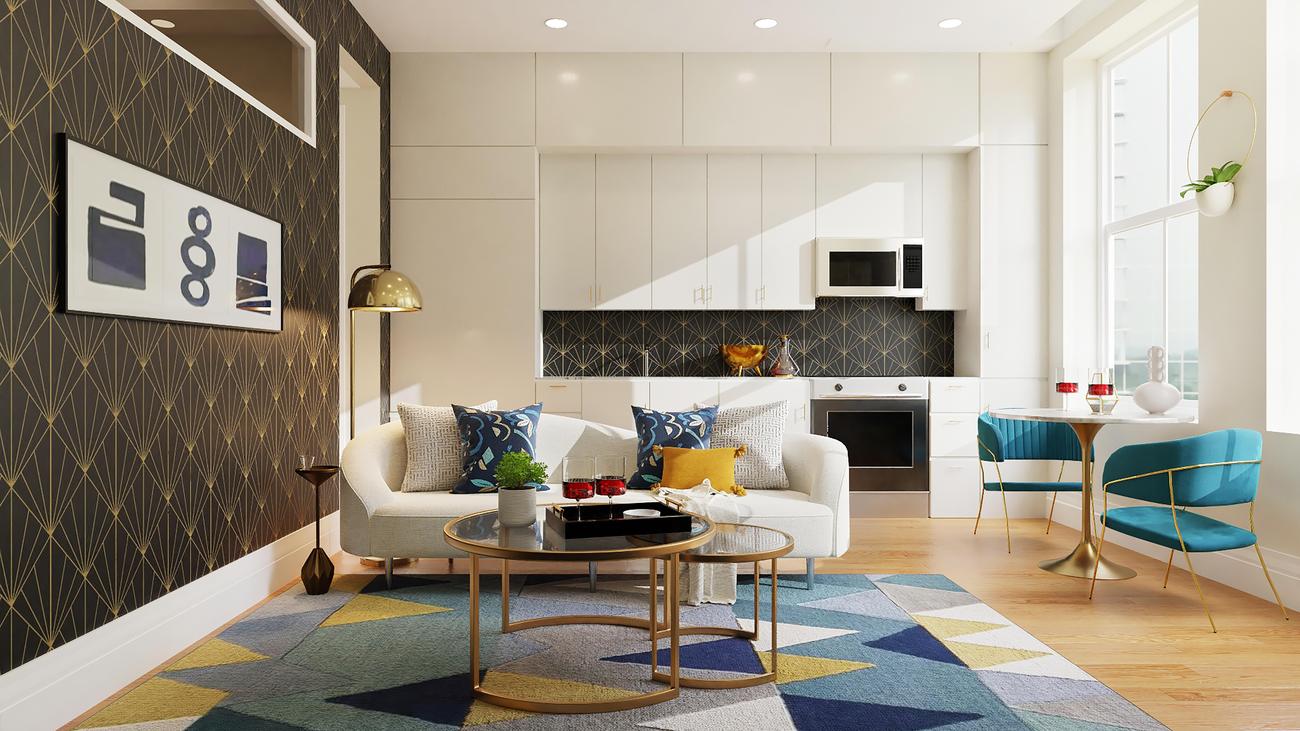Are you ready to embark on an exciting journey into the world of interior design? Whether you’ve always had a passion for transforming spaces or are simply intrigued by the idea of creating beautiful environments, this article is your ultimate guide to getting started in the realm of interior design. Titled “Begin Your Interior Design Journey: Practical Tips for Getting Started,” this comprehensive piece will provide you with invaluable insights, expert advice, and actionable steps to help you kickstart your career in this dynamic field. From understanding design principles to honing your skills and navigating the industry, we’ve got you covered. So, grab a pen, unleash your creativity, and let’s dive into the world of interior design!

How to Get Started in Interior Design
So, you’ve got an eye for design and a passion for transforming spaces? Welcome to the wonderful world of interior design! Getting started in this dynamic field can be equal parts exciting and overwhelming, but fear not. With the right guidance and practical tips, you’ll be well on your way to kickstarting your interior design journey. Here’s how to get started in interior design.
Educate Your Eye
Becoming an exceptional interior designer starts with honing your visual skills. Take the time to immerse yourself in design inspiration. Explore magazines, books, and online platforms to familiarize yourself with different design styles, color palettes, and compositional elements. Visit art galleries, exhibitions, and architectural landmarks to develop an understanding of form, texture, and proportion. By training your eye to appreciate beauty and aesthetics, you’ll be equipped with a solid foundation for creating visually stunning spaces.
Study Interior Design
While having a natural inclination for design is great, studying the principles and theory behind it can take your skills to the next level. Enroll in interior design courses or pursue a degree in the field to gain a comprehensive understanding of design principles, spatial planning, and materials. Acquiring knowledge in areas such as color theory, furniture arrangement, and lighting design will enable you to make informed decisions in your future projects.
Seek Formal Training
To establish yourself as a professional interior designer, seeking formal training is crucial. Look for reputable design schools or institutions that offer accredited programs. These programs will equip you with the technical skills and knowledge required to thrive in the industry. From drafting and 3D modeling software to project management and client communication, formal training will provide you with a well-rounded skill set to tackle any design challenge that comes your way.
Get Licensed
In some jurisdictions, becoming a licensed interior designer is a necessary step to practice professionally. Research the regulations and requirements in your area and ensure you meet all the necessary qualifications. Licensing not only adds credibility to your profile but also assures potential clients that you meet the industry standards of professionalism and expertise.
Gain Practical Experience
Diving into the real-world aspect of interior design is essential for gaining practical experience and establishing your credibility. Consider working for an established design firm or seeking internships to learn from experienced professionals and get hands-on experience. This will expose you to various design projects, client interactions, and industry best practices. Another option is to start your own design business and take on small-scale projects to build your portfolio and reputation.
Specialize and Explore
As you progress in your interior design journey, consider specializing in specific areas that resonate with your interests and strengths. Options could include residential design, commercial design, healthcare facilities, hospitality, or restoration and preservation. Specializing allows you to develop expertise in a niche market and cater to specific client needs. Additionally, don’t be afraid to explore different design styles and techniques. By diversifying your skills and staying open to new challenges, you’ll constantly evolve as a designer.
Pros and Cons of Interior Design
Interior design, like any profession, has its pros and cons. Let’s take a quick look at what you can expect:
Pros:
1. Creativity unleashed: Interior design allows you to express your creativity and bring unique visions to life.
2. Transforming spaces: Witnessing the transformation of a dull space into a vibrant environment is incredibly rewarding.
3. Flexibility and variety: With a diverse range of projects and clients, interior design offers flexibility and the opportunity to work on exciting ventures.
4. Personal satisfaction: Seeing clients fall in love with the spaces you’ve designed is an immensely satisfying experience.
Cons:
1. Long hours and deadlines: Meeting project deadlines often requires late nights and extended working hours.
2. Client demands and preferences: Balancing your design vision with client preferences can sometimes be challenging.
3. Budget constraints: Working within strict budgetary constraints is a common aspect of interior design projects.
Emphasizing Key Points
Remember, education and formal training are essential to establishing a successful career in interior design. By honing your eye for design, pursuing formal education, gaining practical experience, and specializing in specific areas, you will be well-equipped to embark on your interior design journey.
Key takeaway: To get started in interior design, educate your eye, study interior design principles, seek formal training, gain practical experience, and consider specializing in a specific area. Don’t forget to embrace the pros and cons of the profession to ensure a well-rounded approach to your career.
Interior design is a fascinating field that involves creating aesthetically pleasing and functional spaces. If you’re interested in learning more about this dynamic industry, we’ve compiled a list of interesting facts about interior design. From the evolution of design styles to the psychology behind color choices, you’ll discover the inner workings of this creative profession. So, if you’re ready to delve into the world of interior design, click here to explore these captivating facts: interesting facts about interior design. Get ready to be inspired and amazed!

FAQ
How can I educate my eye in interior design?
To educate your eye in interior design, it is essential to immerse yourself in the world of design. Start by exploring various design styles, trends, and techniques through books, magazines, online platforms, and visiting galleries or exhibitions. Pay attention to the details, textures, colors, and compositions used in different spaces. Analyze and appreciate the work of renowned interior designers for inspiration and to develop your own unique perspective.
What are the steps to becoming an interior designer?
The steps to becoming an interior designer include:
- Study interior design: Enroll in formal education programs or pursue a degree in interior design to gain theoretical knowledge and develop technical skills.
- Seek formal training: Participating in workshops, seminars, and continuing education programs will enhance your practical experience and keep you updated with the latest industry trends and techniques.
- Gain hands-on experience: Look for internships or entry-level positions at design firms to gain real-world experience and learn from experienced professionals.
- Obtain a license: Depending on your jurisdiction, acquiring a license may be necessary to practice as a professional interior designer. Research the licensing requirements in your area and fulfill the necessary criteria.
- Consider working for a firm or starting your own business: Working for an established design firm can provide valuable mentorship and networking opportunities, while starting your own business allows you to have creative control and build your own client base.
What are some important interior design basics to consider?
When it comes to interior design basics, there are a few key factors to consider:
- Budget wisely: Set a realistic budget and allocate funds strategically to achieve the desired design outcome. Prioritize essential elements and invest in quality materials that will stand the test of time.
- Think about lighting: Lighting plays a crucial role in creating ambiance and enhancing the functionality of a space. Consider natural lighting, artificial lighting options, and accent lighting to achieve the desired atmosphere.
- Focus on functionality: Aesthetics alone are not enough; an interior designer must prioritize functionality. Ensure that the layout, furniture, and fixtures are well thought out and serve the needs of the users.
- Prioritize safety: Safety should never be compromised in interior design. Consider factors such as fire safety, ergonomics, and accessibility to create a space that is both beautiful and safe for its occupants.
How can I find a good interior designer?
To find a good interior designer, consider the following:
- Read designer and design association blogs: Many established interior designers and design associations maintain blogs where they share their work, insights, and recommendations. Reading these blogs can give you a sense of their style and expertise.
- Follow tastemakers on social media: Platforms like Instagram and Pinterest provide a wealth of inspiration and allow you to follow influential interior designers. Their portfolios and posts can help you evaluate their design sensibilities and find a designer that resonates with your style.
- Use design apps and resources: There are numerous design apps and platforms that can assist you in finding interior designers. These resources often provide reviews and ratings from previous clients, making it easier to identify reputable professionals.
- Attend industry events and exhibitions: Participate in trade shows, home design expos, and professional networking events. These gatherings allow you to meet potential interior designers in person, view their work, and gauge their knowledge and expertise.
How important is communication in the field of interior design?
Communication is paramount in the field of interior design. As an interior designer, you must have strong verbal and written communication skills to effectively convey your ideas, understand clients’ visions, and collaborate with other professionals involved in the design process. Clear communication ensures that all parties involved are on the same page, leading to successful execution of the design project. Consider taking courses in English and home economics to strengthen your communication skills and better serve your clients.
- Unveiling Bernhard Caesar Einstein’s Scientific Achievements: A Legacy in Engineering - July 15, 2025
- Uncover who is Jerry McSorley: CEO, Family Man, Business Success Story - July 15, 2025
- Discover Bernhard Caesar Einstein’s Scientific Contributions: Unveiling a Legacy Beyond Einstein - July 15, 2025















